| Zen Backpacking Stove Home | |
| Choosing the Right Stove | |
| Cooking Systems | |
| Stove Types | |
| How Stoves Work | |
| Templates | |
|
|||||||||||||||||||||||||||||||||||||||||||||||||||||||||||||||||||||||||||||||||||||||||||||||||||||||||||||||||||||||||||||||||||||||||||||||||||||||||||||||||||||||||||||||||||||||||||||||||||||||||||||||||||||||||||||||||||||||||||||||||||||||||||||||||||
|
|||||||||||||||||||||||||||||||||||||||||||||||||||||||||||||||||||||||||||||||||||||||||||||||||||||||||||||||||||||||||||||||||||||||||||||||||||||||||||||||||||||||||||||||||||||||||||||||||||||||||||||||||||||||||||||||||||||||||||||||||||||||||||||||||||||||||||||||||||
Supplies and Tools Needed for Alcohol Stove Construction
Many stove designs need to be sealed or epoxied together to perform optimally.
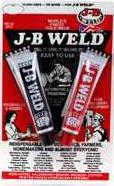
J-B Weld Epoxy (Maximum temperature 600 degrees F) works well to seal stoves or hold part together if not used above the flame line. This epoxy really needs to sit for at least 24hours prior to firing up your stove. DO NOT use JB KWIK, as it's heat tolerances are insufficient for most stove applications.
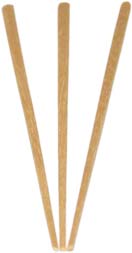
You may also want some flat type toothpicks for to mixing. The bottom of a can you are not going to use for your stove is a great place to mix epoxy.



Paper towels and alcohol are also nice to have for cleaning up and epoxy before it sets.
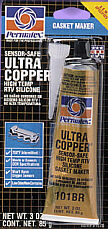
Hi temperature RTV gasket sealer works great for sealing, but not as strong as JB Weld and may take a week to fully vulcanize (you can still use stove 24 hours after construction). It is also much easier to use than an epoxy since it doesn't need to be mixed and can be applied with your finger. Clean up with dry paper towels. Note - silicone may complicate future stove paining if you get any on the exterior of your stove.
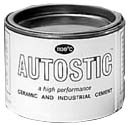
There are many cements, epoxies, and other adhesives and sealants that will also work. Anything with a max temperature of 600° F or greater should work for most applications but a higher temperature rating will be needed if you decide to build something unique that will need a sealant that's directly exposed to flames. If you want to try something different, you might want to check this link - thomasregisterdirectory.com/adhesives/high_temperature_adhesives_0060389_1.html.
Soldering, Brazing and Welding
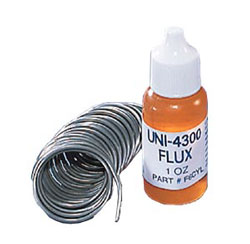
Solder - soldering on aluminum can be very expensive and difficult. The problem with aluminum is that it oxidizes so fast that it must be either covered in oil and scraped or heated and coated with flux to prevent oxygen from contacting bare metal so you can tin it. Once tinned, you should be able to solder it as usual.
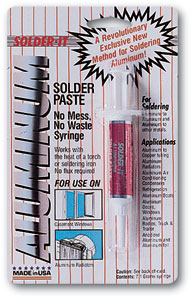
Many aluminum solders are made of zinc and tin, which have a very low melting point. Some solders require a separate flux, while others have it mixed with the solder in a paste or rod form. Solder-it looks like a useable possibility, but is yet untested for stovers. The melting point is at 375°F, which may be too low for most uses on a stove.

Brazing - Brazing Rods might be used in certain applications, such as sealing the bottom of a Turbo Cat stove. It looks like it should work but hasn't been tested on alcohol or other stoves yet. New Technology Products HTS-2000 Brazing Rods are said to be second generation and are made up of 9 alloys - cost is about 65$ a pound. Alumaloy, Alumaweld (Alumaweld Alloy), Alumarod, Durafix, Aladdin 3 in 1, and others are said to be (by New Technology Products) first generation rods that generally only consist of 3 alloys. Durafix also claims to be better than its competition.
Tensile: 45,900 PSI
Therm. Exp.: 15.2 x 10- 6in./in./F°
Elongation: 10% in 2 inches
Elec. Cond: 26 (% of copper std.)
Impact: 43 Ft. lbs (charpy)
S.P. Grav.: 6.6
Shear: 31,000 PSI
Weight: 0.24 lbs/cu. in.
Melting Point: 717°- 737°
Tensile Strength
Compression Strength.
Shear Strength
Charpy Impact Str,lbs/sq. in.
Hardness (Brinell)
Ductility Good
Melting Point
Specific Gravity
Density (Ibs/cu. in.)
Elongation (in 2")
Coefficient of Linear Expansion
Electrical Conductivity
Thermal Conductivity47,000 PSI
60,000 - 75,000 PSI
34,000 PSI
4 ft/lb to break 1/4" bar
100
Good
732°F
6.7
0.25
3%
15.4x10-6/°F
24.9% of Cu
0.24 cal/cu. cm/°C
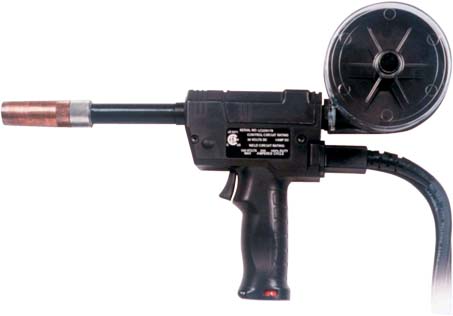
Welding - this requires a proper setup and a bit of skill.